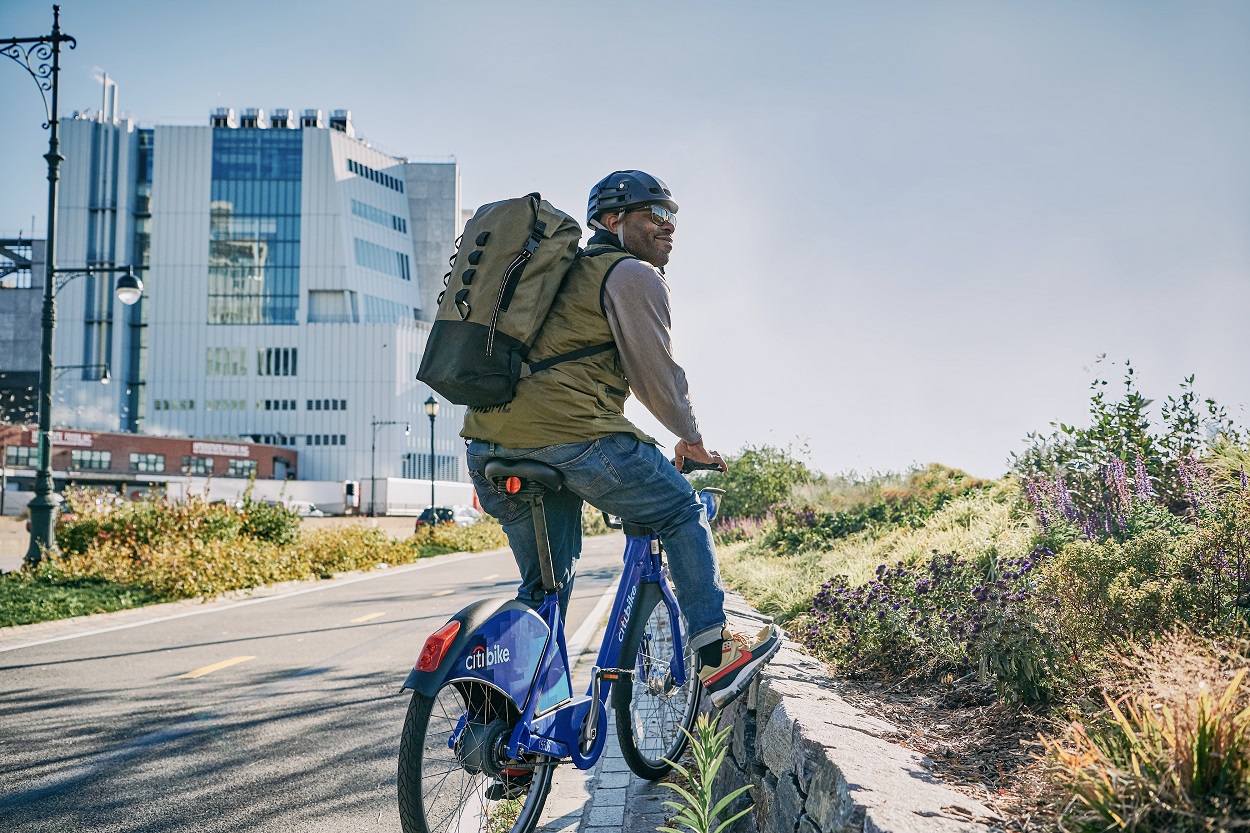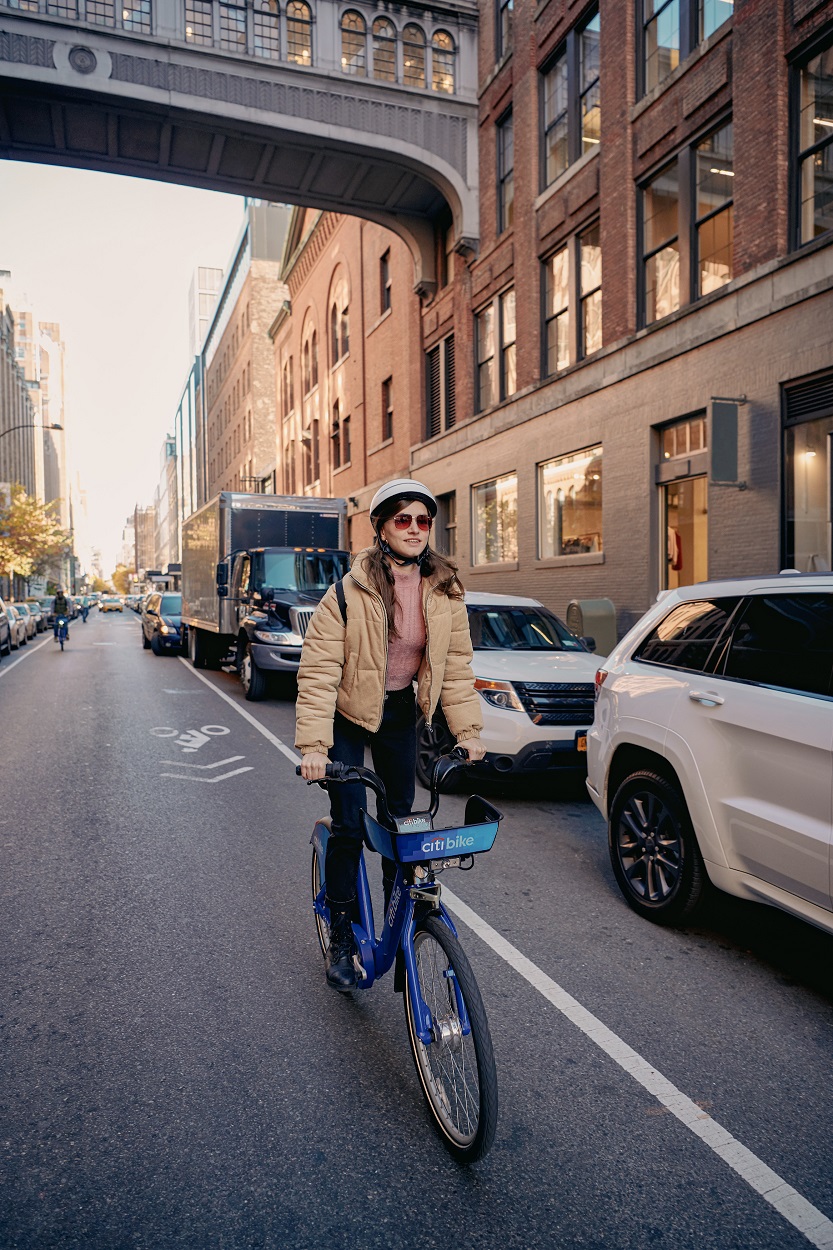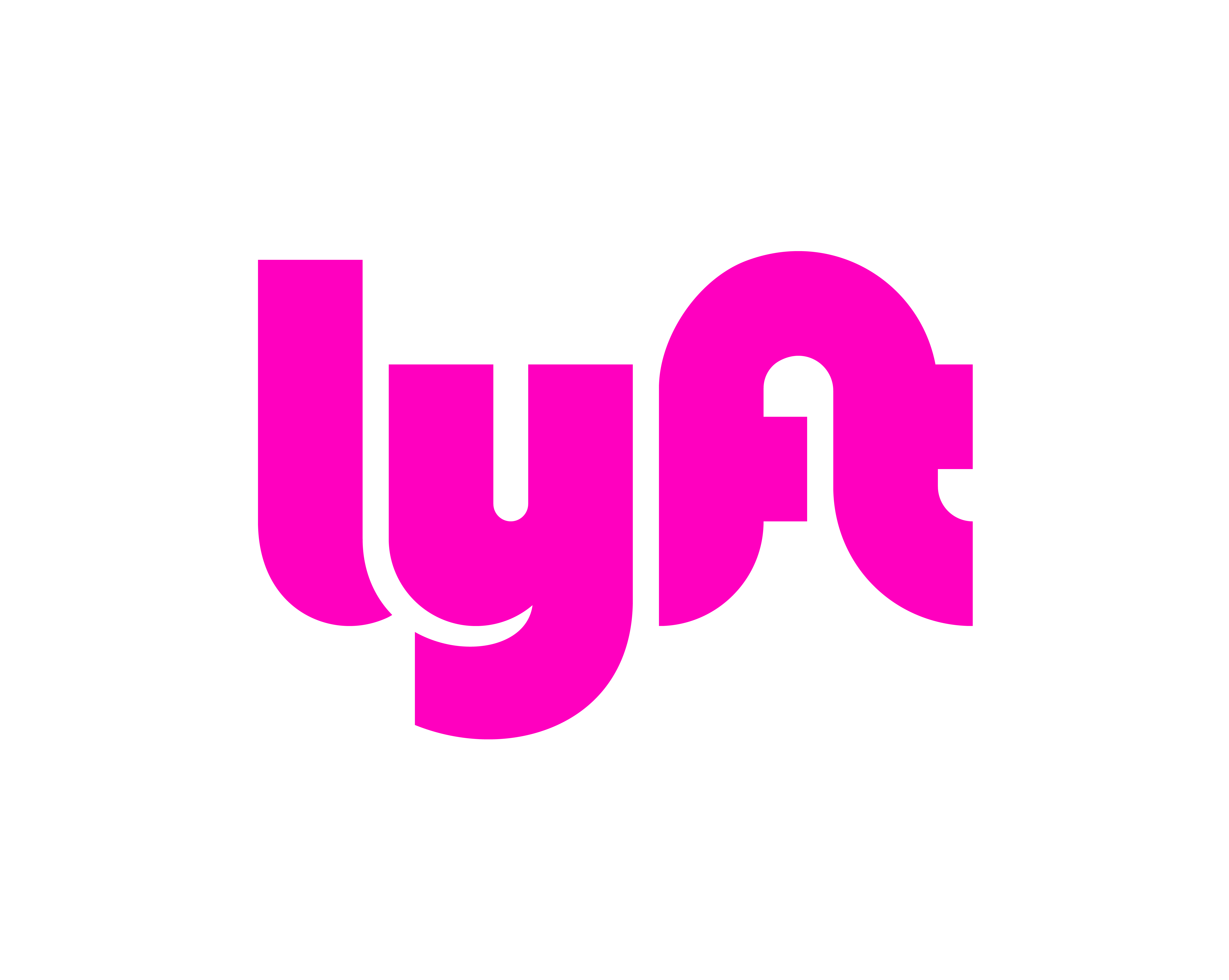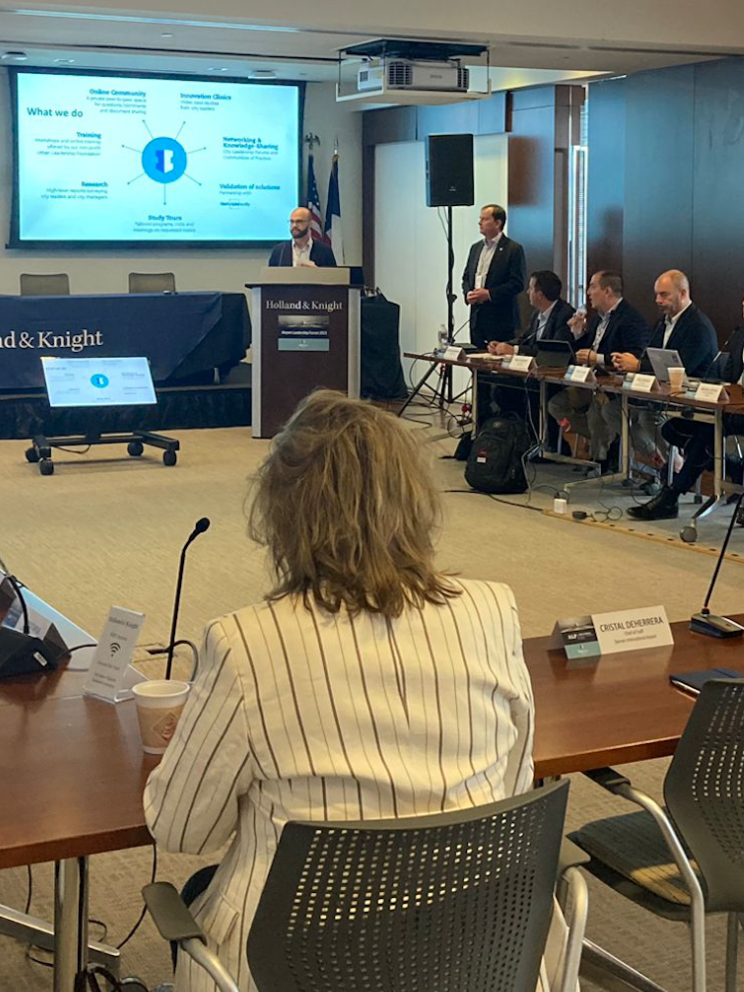
Photo: lyft2s
Resilient communities before, during and after the COVID-19 crisis
11 May 2020
By: Caroline Samponaro, Head of Transit, Bikes and Scooter Policy and Debs Schrimmer, Senior Future of Cities Manager, Lyft
Cities around the globe are responding to the COVID-19 crisis and the need for social distancing by making transit free, closing streets to cars to provide more room for walking and bicycling, and creating dedicated delivery zones along commercial corridors. However, these temporary measures point to the need for greater resilience in our urban spaces and transportation systems long after we re-emerge from our homes.
A resilient city can absorb, adapt to and recover from rapid changes to urban systems. Through efforts like the OECD Resilient Cities project to incorporate “sustainable development, well-being and inclusive growth” into a resilience framework, cities have developed plans for how to weather “economic, environmental, social and/or institutional shocks.” In effect, this framework uses moments of crisis and recovery to identify what works and ensure we build back communities better than they were before.
 At Lyft, we are supporting the community through the COVID-19 crisis by activating LyftUp, our comprehensive effort alongside more than 500 partners across North America, to expand transportation access to those who need it most. In New York, this includes over a dozen non-profit partners, including NY Cares, Asian American Federation, Queens Community House and more who are connecting people and families in need to essential goods and services. Now, thanks to Citi and Mastercard, we are providing frontline workers, such as first-responders, healthcare staff and transit operators, with free annual bike-share memberships. To meet the unique needs of this moment, Lyft is rolling out temporary stations and expanding bike-share valets near high-demand areas, such as outside Lincoln Hospital in the Bronx and Harlem Hospital in Manhattan.
At Lyft, we are supporting the community through the COVID-19 crisis by activating LyftUp, our comprehensive effort alongside more than 500 partners across North America, to expand transportation access to those who need it most. In New York, this includes over a dozen non-profit partners, including NY Cares, Asian American Federation, Queens Community House and more who are connecting people and families in need to essential goods and services. Now, thanks to Citi and Mastercard, we are providing frontline workers, such as first-responders, healthcare staff and transit operators, with free annual bike-share memberships. To meet the unique needs of this moment, Lyft is rolling out temporary stations and expanding bike-share valets near high-demand areas, such as outside Lincoln Hospital in the Bronx and Harlem Hospital in Manhattan.
Through these and many more examples in other cities, shared mobility services have proven to be an essential backstop in the transportation system and a lifeline for people making essential trips during the crisis. As we look to the short-term (e.g. reopening) and long-term (e.g. recovery) from an interdisciplinary perspective, shared mobility can play an even greater role in the resilient city. Looking ahead, we should build infrastructure that supports seamless shared mobility services which can be used to provide first/last-mile connections to transit services and support affordable and reliable transportation networks.
In recent years, cities around the globe have taken big steps in realigning their long-range transportation plans to prioritise shifts away from single-occupant vehicle trips and toward more sustainable forms of transportation like walking, bicycling and public transit. Continuing this trend and sticking to this course is critical, now more than ever.
Yet early evidence suggests that in post-lockdown city life, without the right policies, programmes, and infrastructure changes, driving alone may be the dominant mode of travel. Lyft stands ready to support cities in their commitment to promote alternatives to single-occupant car trips and car ownership, secure investments in active mobility and public transit to recover from COVID-19, and, ultimately, make our communities more resilient to future public health crises.
Brought to you by:










